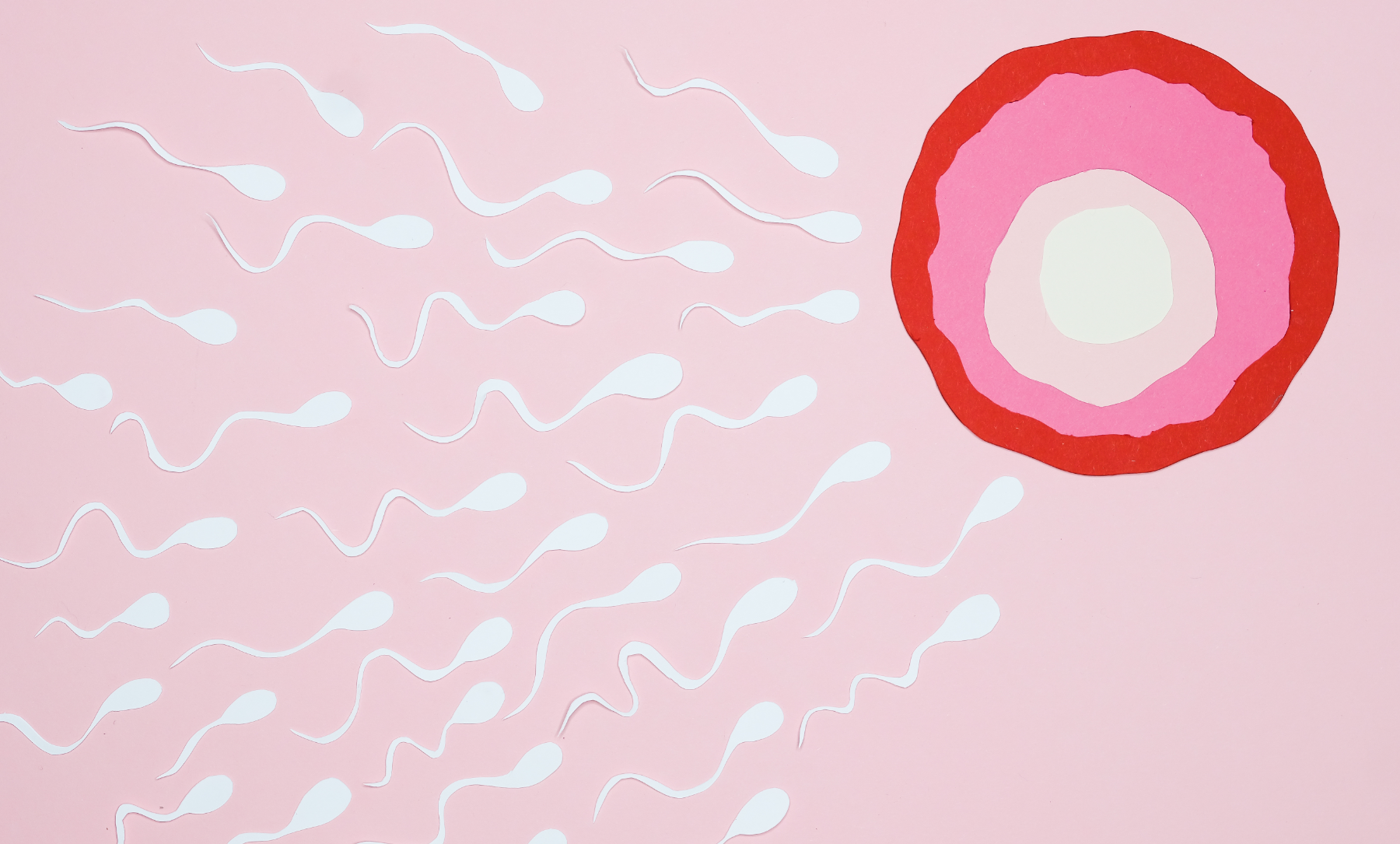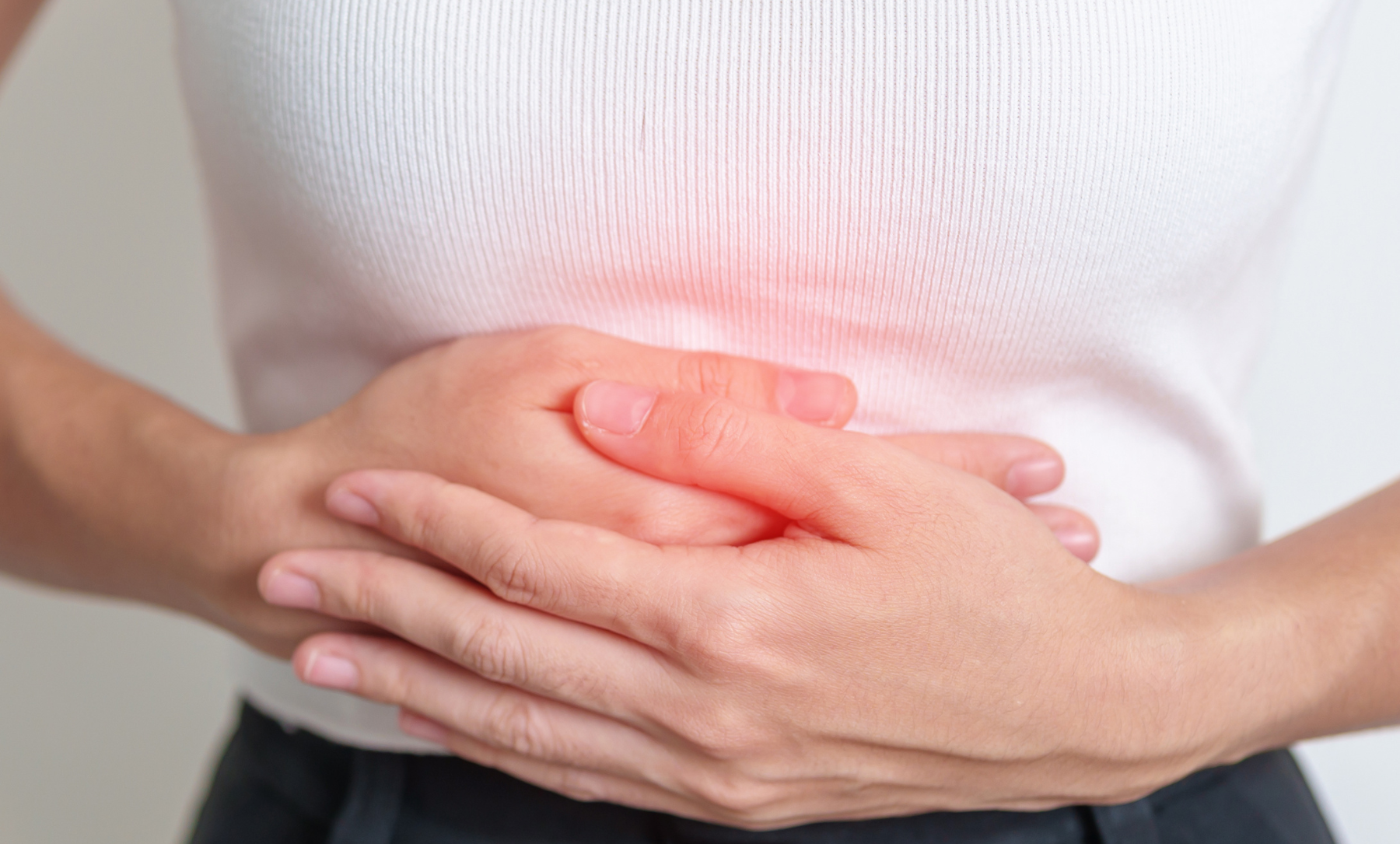Sperm Motility: The Driving Force Behind Fertility

In human reproduction, the journey of conception is nothing short of miraculous. At the heart of this process lies a tiny but mighty protagonist: sperm. Sperm motility, the ability of sperm cells to move progressively and effectively, plays a pivotal role in the intricate process of fertilisation.
The Marvel of Sperm Motility
Sperm, microscopic in size yet monumental in significance, possess the remarkable ability to propel themselves through a complex landscape to reach the ultimate destination: the egg. This journey, fraught with obstacles and challenges, is made possible by the phenomenon of sperm motility. Motility is not just about movement; it is about purposeful, directed motion that enables sperm to traverse the female reproductive tract with precision.
The Anatomy of Sperm Motility
The journey of sperm begins in the testes, where they undergo maturation and acquire the necessary machinery for motility. Central to this process is the development of a whip-like tail, known as the flagellum, which serves as the propulsion system for sperm. Powered by energy derived from mitochondria, located in the midpiece of the sperm cell, the flagellum executes a rhythmic motion, that propels the sperm forward.
Factors Influencing Sperm Motility
While sperm motility is essential for fertility, it can be influenced by various factors, both intrinsic and extrinsic. Intrinsic factors include genetic abnormalities or defects in sperm structure that impair motility. Extrinsic factors encompass environmental influences such as temperature, pH levels, and exposure to toxins or pollutants. Additionally, lifestyle factors like diet, exercise, and stress can impact sperm motility.
Assessing Sperm Motility
Assessing sperm motility is a crucial component of male fertility testing. One common method is semen analysis, where a sample of semen is examined under a microscope to evaluate various parameters, including sperm count, morphology, and motility.
Sperm motility is typically classified into different categories based on the degree of movement and progression, ranging from rapid, linear motility to non-progressive or immotile sperm.
Challenges and Solutions
For couples struggling with infertility, challenges related to sperm motility can be a significant hurdle on the path to conception. Fortunately, through a greater understanding of the nutritional materials involved in the male reproductive system, nutrition can play a significant role in improving sperm motility.
A balanced diet rich in essential nutrients can support overall reproductive health and enhance sperm quality, including motility. In addition to specific nutrients, like zinc, Q10, and Vitamin D, adopting a healthy lifestyle, including regular exercise, maintaining a healthy weight, managing stress, and avoiding smoking, can also contribute to improved sperm motility and fertility. Techniques such as intrauterine insemination (IUI) and in vitro fertilisation (IVF) can bypass barriers related to sperm motility and facilitate the union of sperm and egg in a controlled environment.
Looking Ahead: Insights and Innovations
As our understanding of sperm motility continues to evolve, so too do the prospects for improving fertility outcomes. Emerging research explores innovative approaches to enhance sperm function and motility. Moreover, insights gleaned from studying sperm motility in other species, such as marine organisms or model organisms like mice, may offer valuable lessons applicable to human fertility research.




Comments